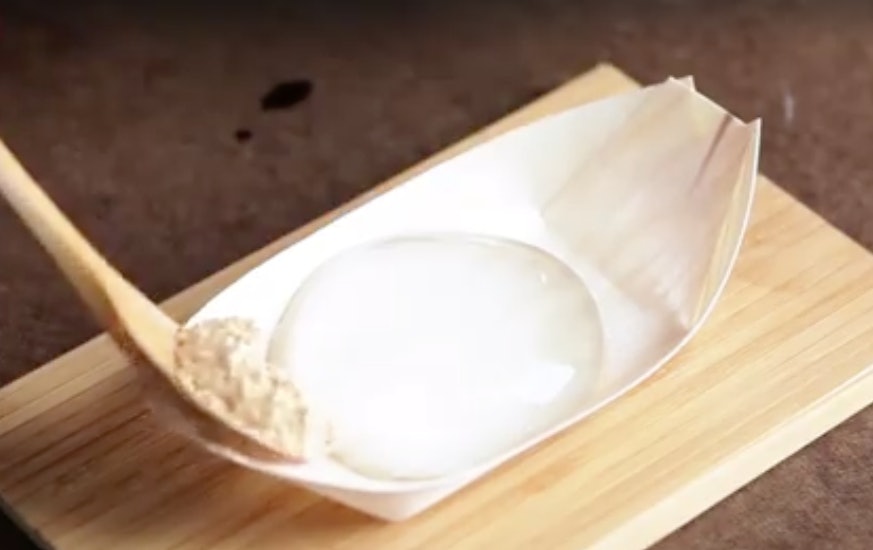

Seven Sages of the Bamboo Grove is ‘Chikurin no Shichiken’ in Japanese-the origin of the brewery’s name. As legend has it, these sages were learned men who drank wine and wrote poetry to help escape political tensions during the Three Kingdoms period in China (third century CE). In 1835, fifth-generation master brewer Kitahara Ihei received a gift from Naito Yoriyasu, daimyo of the Takato domain: a pair of hand-crafted fanlight window frames with a portrait of the Seven Sages of the Bamboo Grove. Later, he began brewing sake in the Koshu area. He tasted the local water and was convinced that it had a purity like no other in the country. He often traveled to Edo from Takato, and one night he stayed in Yamanashi. The company was founded in 1750 by Kitahara Nakaya Ihei, an experienced sake brewer from the Takato domain (in Shinshu, present-day Nagano Prefecture). The company’s sake is held in high regard across Japan. With centuries of brewing expertise, Shichiken sake has won numerous first-prize awards in various sake competitions. Shichiken is a family business, owned and operated by generation upon generation of the Kitahara family since its founding in 1750. Among these is Shichiken (Seven Sages), one of the oldest sake breweries in Yamanashi Prefecture. Yamanashi’s abundance of pristine water makes it a prime location for breweries and major drink manufacturers. While Daigahara-Juku is no longer a town filled with inns, there are many hotels in nearby Hokuto that offer accommodation. It is said that the waterfalls and rivers are so pure that visitors can drink the water straight from the source.ĭaigahara-Juku has numerous cafes and restaurants, most of which offer dishes made with locally grown ingredients. The valley is filled with granite that filters the water flowing out of the mountains. The valley is part of the Minami Alps Biosphere Reserve and can be reached after a 10-minute drive from Daigahara-Juku.

The Raindrop Cake has garnered the attention of tourists both foreign and domestic and is only available during limited periods.ĭaigahara-Juku is located near the Ojiragawa Valley, now designated as part of a UNESCO Eco Park. The CEO of Kinseiken, Ono Koichi, popularized the Raindrop Cake after tasting the spring water from Yamanashi’s mountains.

While Kinseiken products are available at many souvenir shops across Japan, the Kinseiken Daigahara and Nirasaki shops are the only places where customers can try the fabled mizu shingen mochi, known as the Raindrop Cake in English.

The Kinseiken confectionary shop was first opened 1902 and is credited with inventing shingen mochi, today a popular sweet from Yamanashi. Today, visitors can tour the Shichiken Brewery, go through the museum, and enjoy a sake tasting. In 2017, the company won first prize in a sake competition held in Tokyo. The lodgings where he stayed have been turned into a museum and designated a cultural heritage site. In 1880, the Meiji emperor stayed at Shichiken for one night. Sake was the alcoholic beverage of choice before the introduction of Western culture and institutions that swept through Japan in the Meiji era (1868–1912).Īs brewers of some of the best sake in the country, the Kitahara family amassed great wealth and respect both within Yamanashi and throughout the country. The brewery has been passed down from generation to generation of the Kitahara family. One stalwart of Daigahara is the Shichiken Sake Brewery, founded in 1750. This makes Daigahara-Juku and surrounding areas an attractive location for drink manufacturers, breweries, and distilleries. Located close to the Minami Alps, the town has convenient access to some of Yamanashi’s most treasured water sources. Today, thanks to the efforts of residents, the streets and scenery of Daigahara-Juku have been preserved. As a rest stop for travelers, Daigahara-Juku’s numerous inns flourished throughout the Edo period (1603–1867). This English-language text was created by Japan Tourism Agency Daigahara-Juku Post Townĭaigahara-Juku is a post town located in Hokuto, Yamanashi, along the famed Koshu Kaido, a highway originally built to transport goods between Edo (present-day Tokyo), Koshu (present-day Yamanashi), and Shinshu (present-day Nagano).


 0 kommentar(er)
0 kommentar(er)
